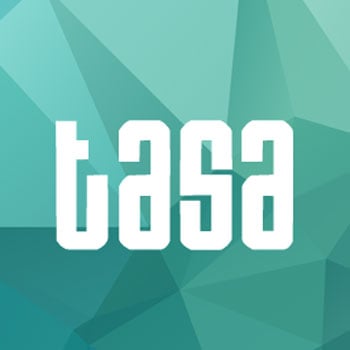Creative Arts Core Component Area and Studio Art Courses
/Texas Higher Education Coordinating Board
Subject: Creative Arts Core Component Area and Studio Art Courses
As a state non-profit organization created in 1970 at the request of the Texas Higher Education Coordinating Board, TASA (Texas Association of Schools of Art) continues to support a growing membership of 60 Texas higher education institutions in matters of art curriculum and transfer credits. This year, TASA has taken the initiative to address the new developments regarding studio art courses and the new general education core. Prior to our recent 44th annual conference, our association sent out and gathered data from Texas art faculty and department chairs using a specialized survey about the core and studio classes. During the conference the headlining topic and discussion was about the removal of studio art classes from the core curriculum and the resulting immediate and long-term effects to students and colleges. TASA urges the THECB to consider the following supporting information regarding studio art courses when reviewing new core inclusion proposals for the creative arts core component area.
TASA along with its members, inclusive of faculty, administrators, and students from two and four year institutions, know that the production or creation of original art should not be mistakenly viewed as “a narrow skill, technique or procedure specific to a particular occupation or profession.” We realize that for those who have never taken a studio art course, it may be difficult to understand the dynamics and complexity of its learning objectives, leading to the false conclusion that studio art courses are nothing more than crafts or non-academic endeavors for non- art majors. Creating art is, among other things, a form of communication older and more common to all humans than written or spoken language. Studio art courses at the undergraduate level are intellectual courses not primarily focused to train students to become practicing artists, just as English 1301 is not generally intended to train students to become professional writers. Cognitive skills, particularly critical thinking, innovation, and problem solving are developed and reinforced in studio art courses and support the purpose of the core curriculum in preparing students to be successful, productive and gainfully employed citizens regardless of their field of study in college or in their chosen career. In the business world for example, it is increasingly clear that creativity, critical thinking and teamwork are essential factors enabling the ability to conceptualize, visualize, design, and market products in response to competitive and constantly evolving networks.
Undergraduate studio art courses, regardless of the art medium, are extremely interdisciplinary and collaborative in nature, providing a broad overview of history, philosophy, politics, religion, scientific discovery and aesthetic theory. This is also found in appreciation courses that are already acknowledged as suitable for the creative arts component area. The level of student engagement, course participation, and collaborative learning through written and verbal critiques in studio courses is rarely equaled in lecture only courses, and thus provide students with both critical thinking and communication skills. Both of these skills are also required and demonstrated at the highest levels of Bloom’s Taxonomy through the creative process and accompanying critiques. According to a recent survey by our association, 95% of the 256 Texas higher education art faculty replying to the survey agreed that “undergraduate studio art courses benefit non-art majors, introduce a breadth of knowledge and reinforce cognitive skills and affective learning opportunities for each student.” Furthermore, after participants were instructed to review the THECB “Statement of Purpose,” 89% of the survey art experts agreed that students would be best served if studio art courses were included as a creative arts core option and 95% indicated that studio course should be returned to the core option.
TASA acknowledges the tedious and difficult task of developing complex curriculum with multifaceted departments, and then waiting for feedback from hundreds of busy faculty. Because of TASA’s ability to gather this type of data, establish healthy networks, and collaborate with the academic arts community on a statewide level, our association would like to re-establish itself as a partner to the THECB for curriculum questions and research, and continue to be considered the representative for the discipline experts for the Visual Fine Art Programs across the state of Texas.
On behalf of the TASA Board and our member institutions please consider our assessment of the importance and place of studio art courses in the core curriculum.
Carol Fairlie TASA President

